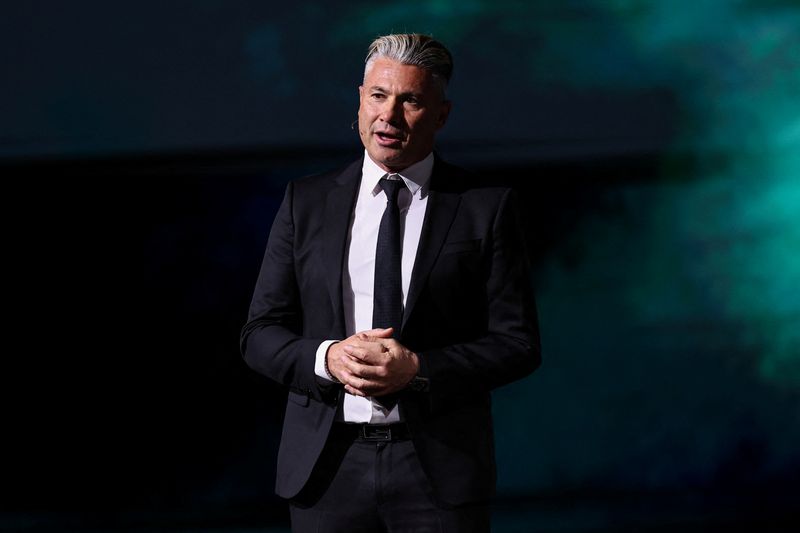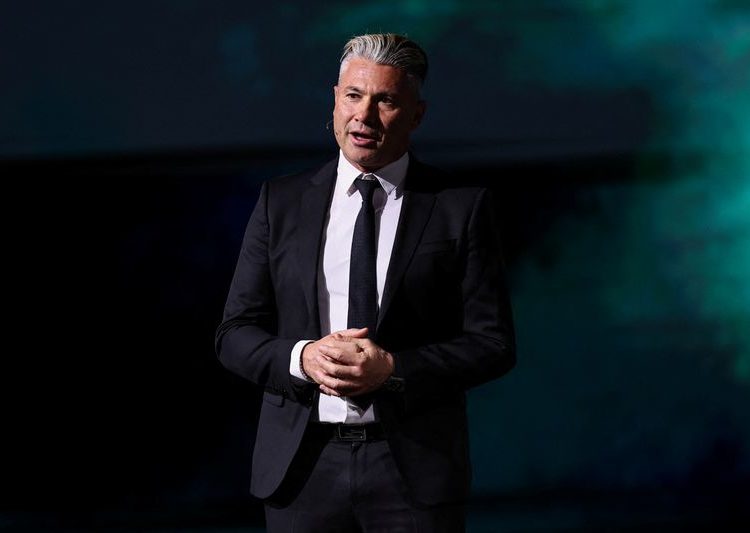By Federico Maccioni
RIYADH (Reuters) -Humain, the company Saudi Arabia launched earlier this year to develop artificial intelligence technology, plans to list on the Saudi and NASDAQ exchanges within the next four years, its CEO said on Tuesday.
“I have no doubt in three to four years, this company must be listed, and I hope that it gets listed here and in the NASDAQ as well. So our ambition is really, really massive,” Tareq Amin said at a news conference on the sidelines of the Future Investment Initiative, Saudi Arabia’s flagship investment conference.
Amin also suggested that one of Humain’s major suppliers of AI chips was considering an investment in the company. He did not name the supplier.
Humain sources chips from NVIDIA, AMD, Qualcomm and Groq to power its large-scale data centres and multi-agent AI platform.
PLANS TO EXPAND GLOBALLY
Crown Prince Mohammed bin Salman launched Humain in May under the PIF sovereign wealth fund, as part of the kingdom’s drive to become a global hub for AI technology. The effort is part of the multibillion-dollar Vision 2030 programme to diversify Saudi Arabia’s economy away from oil.
On Tuesday, the company launched Humain One, a computer operating system that relies on AI technology and shifts away from the icon-based operating systems that computers have used since the 1980s.
“It is the first time since 1985 that we depart from the traditional operating system. This is a true AI operating system with AI agents now to manage everything and anything you need,” Amin said.
Humain One is already deployed across the Saudi government and in pilot programmes with three PIF entities, with plans to expand its deployment globally.
The company has a partnership with Google, plans to announce a collaboration with Amazon Web Services, and has met with OpenAI, the company behind ChatGPT, Amin said.
(Reporting by Federico Maccioni. Writing by Andrew Mills and Tala Ramadan. Editing by Jan Harvey and Mark Potter)
The post Saudi AI firm Humain eyes dual listing on Saudi, NASDAQ exchanges within four years appeared first on Reuters.




